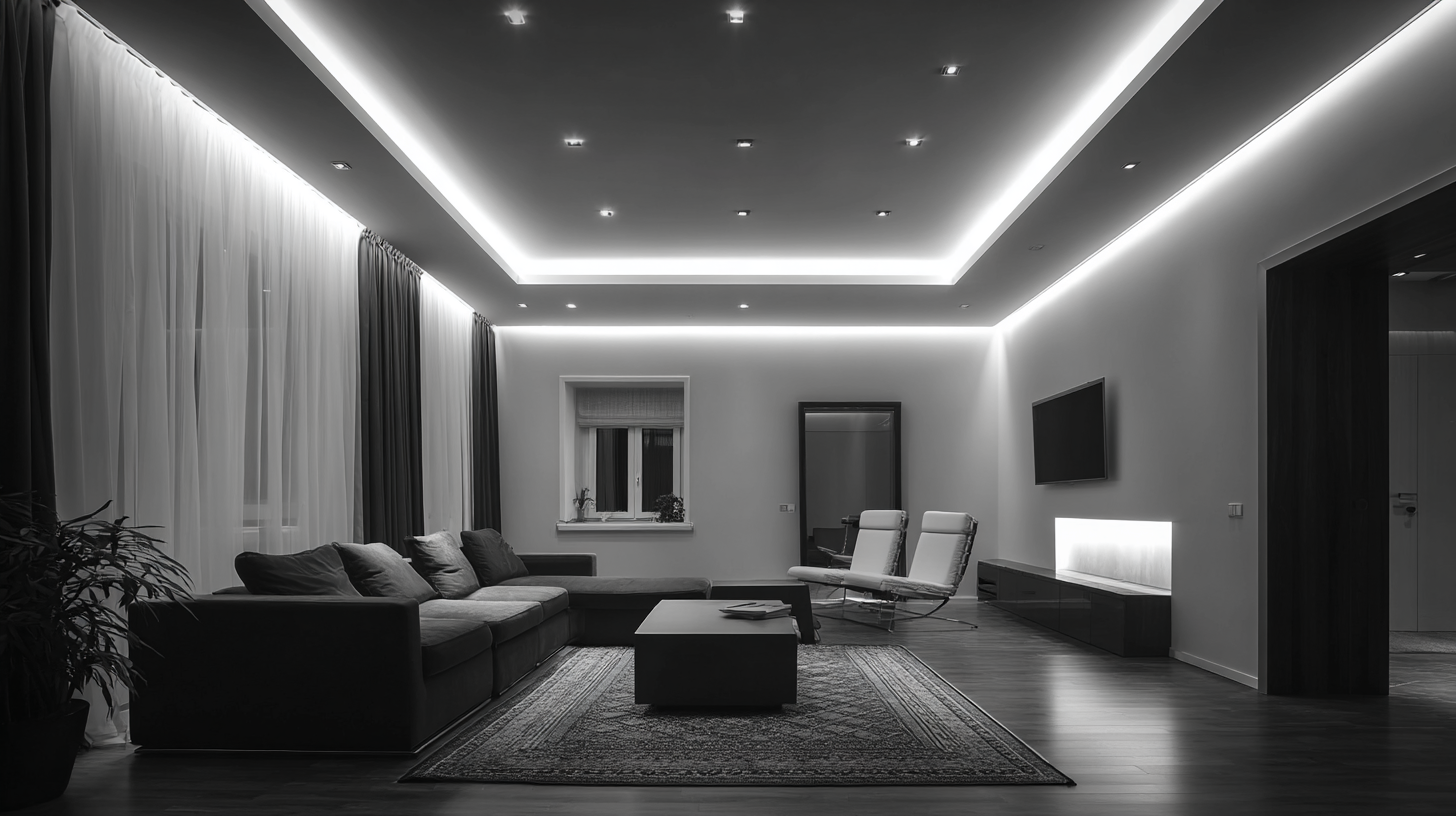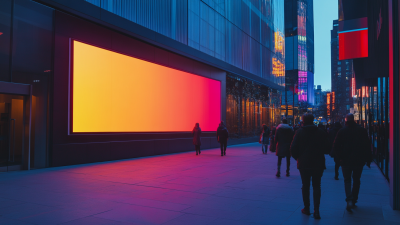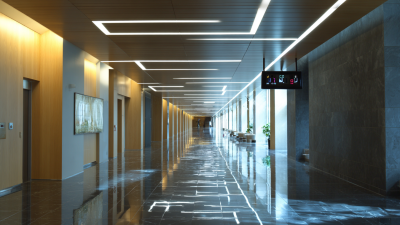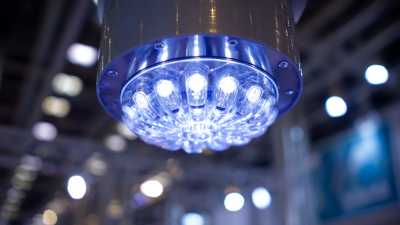How to Choose the Perfect Led Recessed Lighting for Your Space
When it comes to creating the perfect ambiance in your home or office, choosing the right LED recessed lighting is crucial. This modern lighting solution not only enhances the aesthetic appeal of your space but also provides efficient illumination and energy savings. With a myriad of options available, selecting the perfect LED recessed lighting can be overwhelming. Factors such as color temperature, wattage, beam angle, and installation type all play a significant role in the overall effectiveness and look of your lighting scheme. Understanding these elements will empower you to make informed decisions that align with your specific needs and design preferences. In this guide, we will explore essential tips and considerations that will help you choose LED recessed lighting that perfectly complements your space, ensuring a well-lit environment tailored to your lifestyle.

Understanding the Different Types of LED Recessed Lighting Available
When selecting LED recessed lighting for your space, understanding the different types available is crucial. There are primarily three types of LED recessed lights: new construction, remodel, and retrofit. New construction lights are designed for installation in homes that are still being built, providing the greatest versatility in placement. Remodel lights, on the other hand, are perfect for existing spaces and can be installed into ceilings that may not have the necessary support. Lastly, retrofit options allow you to convert existing lighting fixtures into energy-efficient recessed lights without needing to replace the entire housing.
**Tips:** When choosing recessed lighting, consider the beam angle. A narrower beam is ideal for highlighting artwork or architectural features, while a wider beam is best for general illumination. Additionally, pay attention to the color temperature—warm white lights create a cozy atmosphere, while cool white lights produce a more vibrant and energetic feel.
Another crucial factor is the lumen output, which determines the brightness of the light. Calculate the total lumens needed for your space based on its size and purpose. Generally, a living room may require 100-200 lumens per square foot, while a kitchen might need more, around 300 lumens per square foot. Balancing these elements will help you achieve the perfect LED recessed lighting setup for your area.
Different Types of LED Recessed Lighting
Assessing Your Space's Lighting Needs and Aesthetic Preferences
When selecting LED recessed lighting, it’s crucial to assess your space’s lighting needs first. Think about the primary functions of the room: is it for relaxation, productivity, or entertainment? For example, a living room may require softer, ambient lighting to create a cozy atmosphere, while a home office might need brighter, task-focused illumination. Consider existing natural light and the overall size of the room as well—larger spaces may benefit from multiple fixtures to ensure adequate coverage without dark corners.
Aesthetic preferences also play a vital role in your choice of recessed lighting. The style of your lighting should complement the decor and architecture of your space. Choose fixtures that align with your home’s design—whether it’s modern, traditional, or minimalist. Additionally, think about the color temperature of the bulbs; warmer tones often create a more inviting feel, while cooler tones can lend a sharper, more contemporary look. Balancing functionality with aesthetics will not only enhance the environment but also reflect your personal style, making your space feel more harmonious and inviting.
How to Choose the Perfect Led Recessed Lighting for Your Space
| Criteria | Details |
|---|---|
| Room Size | Choose fixtures based on room dimensions. Larger rooms might require more fixtures for even light distribution. |
| Ceiling Height | Consider the height of your ceiling when choosing the trim and the type of LED recessed lights. |
| Lighting Purpose | Assess whether the lights are for general illumination, accent lighting, or task lighting. |
| Color Temperature | Choose from warm white (2700K-3000K), cool white (3500K-4100K), or daylight (5000K-6500K) based on the desired ambiance. |
| Dimming Capability | Select fixtures compatible with dimmer switches if you desire adjustable brightness. |
| Trim Styles | Choose from different trim styles such as baffle, reflector, and adjustable to fit your decor. |
| Energy Efficiency | Look for LED lights with an Energy Star rating for lower energy consumption. |
| Installation Type | Decide between new construction, remodel, or retrofit options for proper installation. |
Key Factors to Consider for Installation Height and Placement
When selecting recessed LED lighting, installation height and placement are crucial factors that significantly impact the functionality and aesthetics of a space. The height at which the lights are installed can influence the spread of light and the overall ambiance of the room. For instance, in residential settings, fixtures placed at a higher elevation can provide a softer glow, while those installed closer to the ceiling will create a more direct and intense light. It’s important to consider the intended use of the room; a workspace may benefit from brighter, more focused lighting, while a living area might prefer a warmer and more diffuse illumination.

Placement is equally essential, as strategic positioning can enhance the design and usability of a space. Start by identifying focal points that require illumination, such as artwork or architectural features. Additionally, maintaining an even distribution of light can prevent dark corners and shadows. The distance between fixtures should typically be around four to six feet apart, depending on the ceiling height and the lumen output of the bulbs. These considerations ensure that your recessed lighting not only illuminates effectively but also complements the overall design of your interior.
Choosing the Right Color Temperature and Brightness for Your Environment
When selecting LED recessed lighting for your space, two critical factors to consider are color temperature and brightness. The color temperature, measured in Kelvin (K), greatly influences the ambiance of a room. For instance, warmer tones (around 2700K) create a cozy and inviting atmosphere ideal for living rooms and bedrooms, while cooler tones (5000K and above) are better suited for workspaces or areas where clarity is essential, such as kitchens or offices. According to the American Lighting Association, the right color temperature can improve not only the aesthetic appeal but also the functionality of the space.
Tips: To determine the perfect color temperature for your environment, test different lights in your space at various times of the day. This will help you visualize how the lighting interacts with your room’s design and colors throughout the day.
Brightness, indicated in lumens, is another important consideration. A general rule of thumb is to aim for about 100-200 lumens per square foot for effective general lighting. However, specific tasks may require varying levels of brightness. For example, a kitchen countertop might need a higher lumen output, around 300-500 lumens per square foot, to ensure proper visibility for cooking and food preparation. The Illuminating Engineering Society recommends taking these variances into account to achieve a well-lit, functional space.
Tips: When planning your layout, consider dimmable LED options to provide flexibility in brightness, allowing you to adjust the light intensity based on specific needs or moods.

Evaluating Energy Efficiency and Long-Term Cost Benefits of LED Lighting
When selecting LED recessed lighting, energy efficiency is a crucial factor to consider. LED lights consume significantly less electricity compared to traditional lighting options, such as incandescent bulbs. This reduction in energy consumption not only leads to lower monthly utility bills but also contributes to a smaller carbon footprint. Over time, the savings on energy costs can far surpass the initial investment in LED fixtures, making them a smarter choice for any homeowner looking to upgrade their lighting system.
**Tips:** To maximize energy efficiency, look for LED recessed lights that are rated for high lumens per watt, ensuring you get more brightness with less energy. Additionally, consider fixtures with integrated dimming capabilities, allowing you to adjust the light output based on your needs and further reduce energy usage.
Long-term cost benefits also extend beyond just energy savings. LED lights have a much longer lifespan, often rated for 25,000 to 50,000 hours. This longevity means fewer replacements, resulting in savings on maintenance and replacement costs. When evaluating different LED options, always check the warranty details, as many manufacturers offer extensive guarantees that can provide additional peace of mind.
**Tips:** Opt for products from reputable brands that have generous warranties and solid customer reviews. This ensures that you’re investing in quality fixtures that won’t require frequent changes, enhancing both value and convenience in your home.
Related Posts
-

Exploring the Technical Specifications of Cutting Edge Exterior Led Lighting Solutions
-

Unlocking Global Opportunities: Explore the Future of Flexible LED Panels at the 138th Canton Fair
-

The Future of Energy Efficient Spaces with Best Led Recessed Lighting
-

Exploring Diverse Industry Applications of Best Led Lighting Solutions for Global Buyers
-

Innovative Linear Lighting Designs That Transform Your Space
-

Unlocking the Potential of Led Solutions for Your Business Growth
